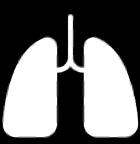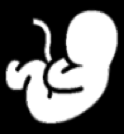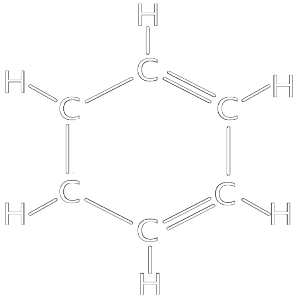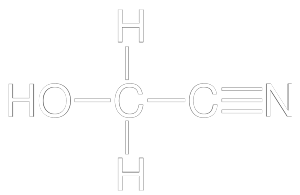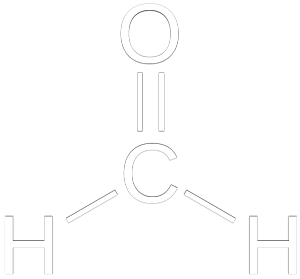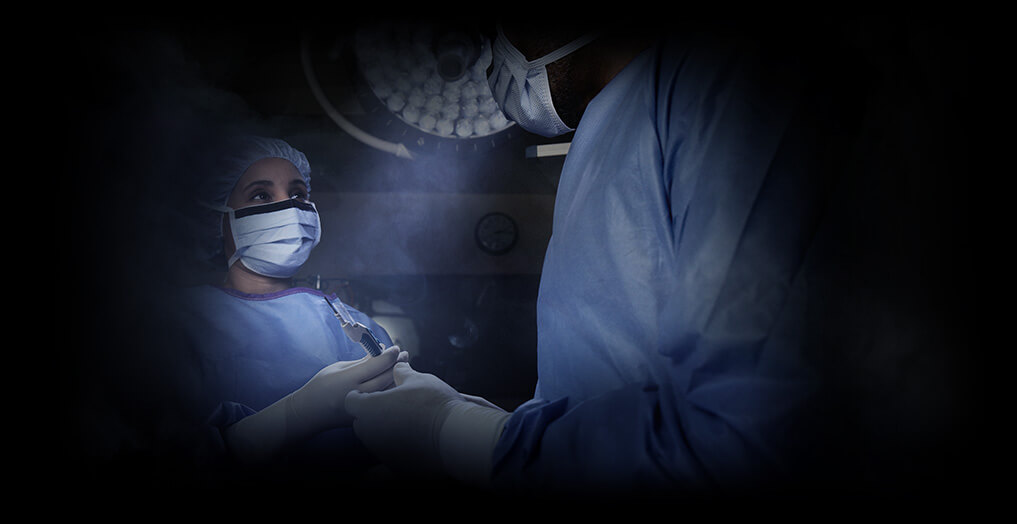EVERY BREATH
MATTERS

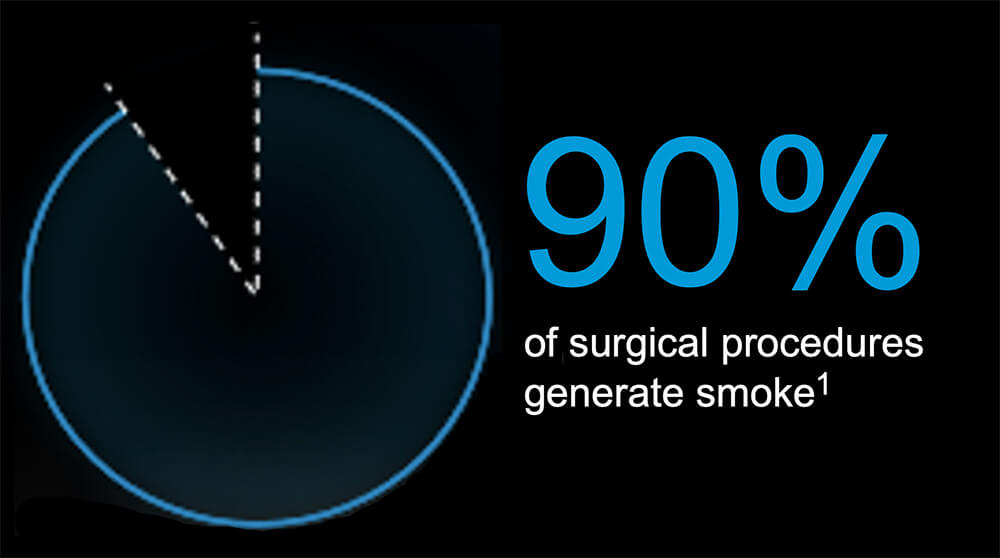
Learn How Surgical Smoke Has Impacted the Lives of Nurses
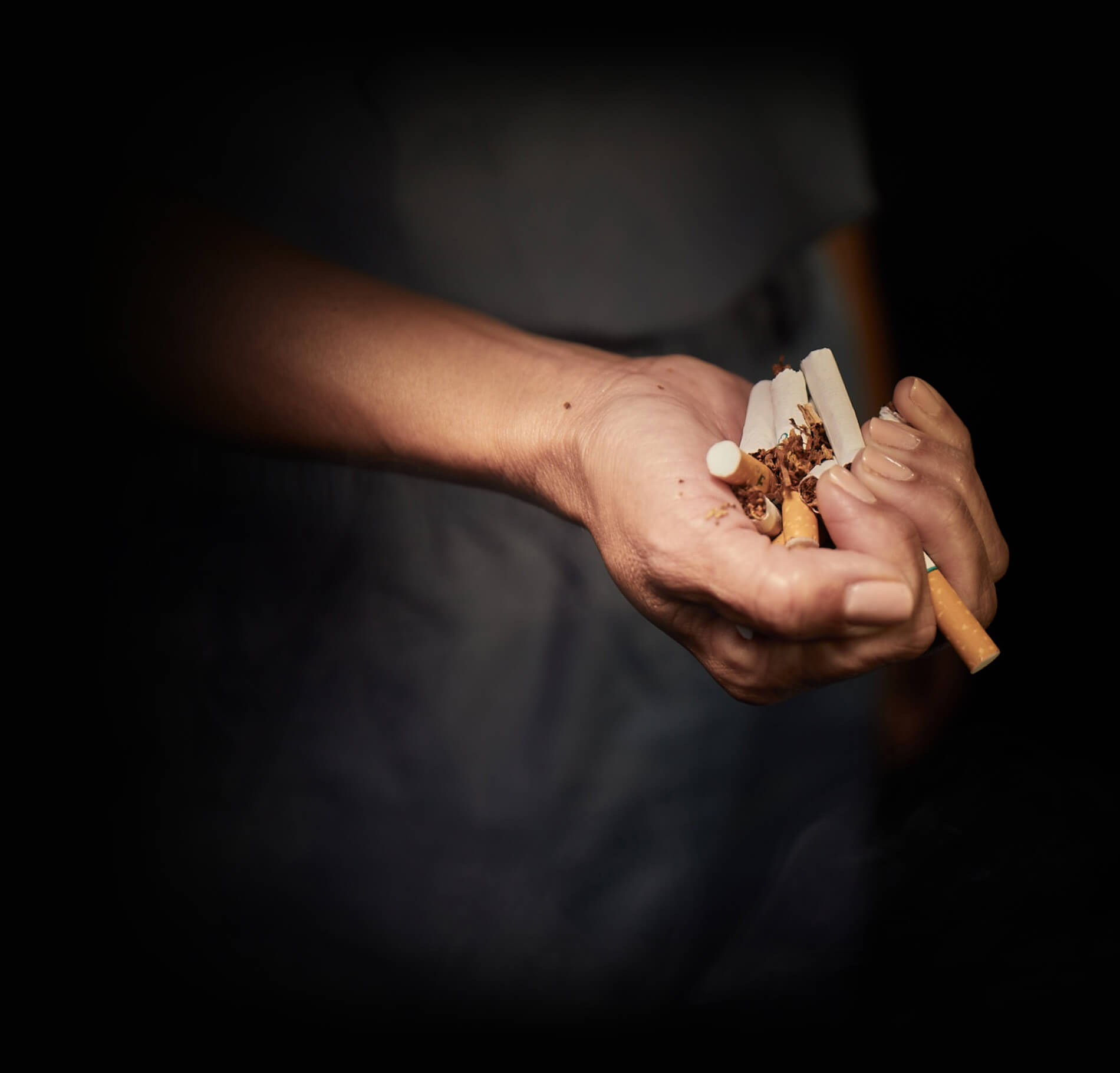
IS EQUIVALENT TO SMOKING

HEALTH
IMPACT
KEY
Lung
Damage
Brain
Damage
May Cause
Cancer
Reproductive
Complications
Heart
Damage
BENZENE
HYDROGEN
CYANIDE
TOLUENE
FORMALDEHYDE
77%
of surgical smoke particles ARE NOT filtered out by standard surgical masks4

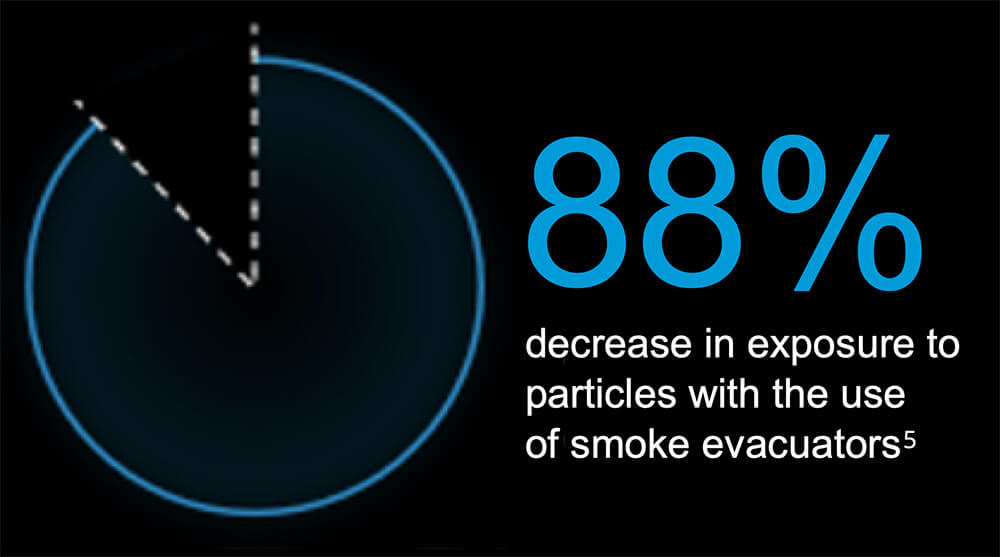
ULPA FILTER
IS MORE EFFICIENT THAN HEPA
ULPA filter removes particles as small as 0.1 micron for an efficiency of 99.999%6
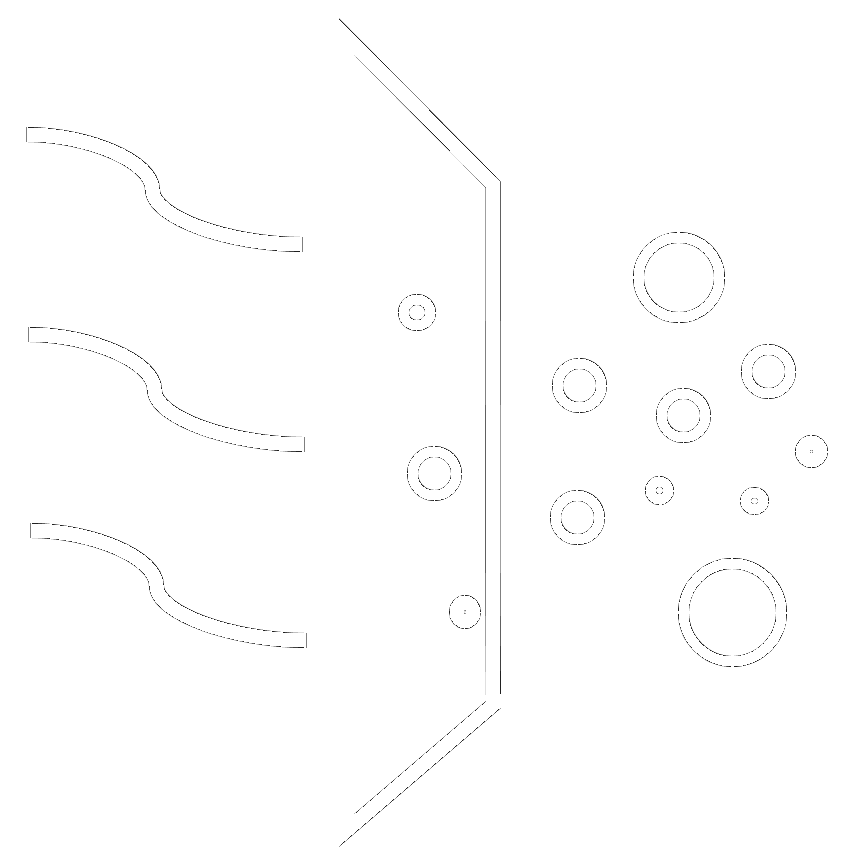
A HEPA filter only removes particles as small as 0.3 micron. Most viruses are small than 0.3 micron.6
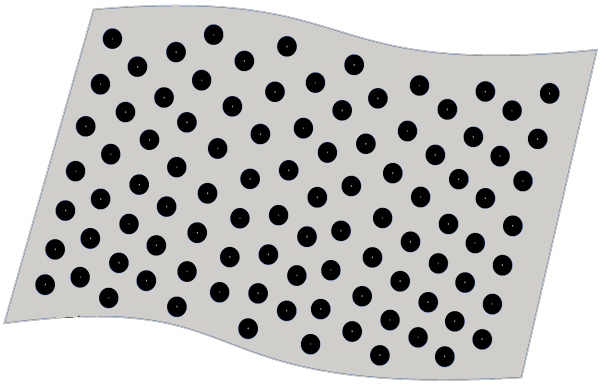
USE WITH AN ACTIVATED CARBON FILTER
Use a smoke evacuator system that uses a ULPA filter with an activated carbon filter when surgical smoke is anticipated.
When using a medical-surgical vacuum system, place an in-line ULPA filter with an activated carbon filter between the suction wall connector and the suction canister.

20 STATES
have mandated smoke evacuation legislation and many more are voting on the issue.

1Steege AL, Boiano JM, Sweeney MH. Secondhand smoke in the operating room? Precautionary practices lacking for surgical smoke. Am J Ind Med. 2016;59(11):1020-1031.
2Sahaf, O., Vega-Carrascal, I., Cunningham, F., McGrath, J., Bloomfield, F., (2007). Chemical Composition of smoke produced by high-frequency electrosurgery. Irish Journal of Medical Science, DOI: 10.1007/si1845-007-0068-0
3Pierce JS, Lacey SE, Lippert JF, Lopez R, Franke JE. Laser-generated air contaminants from medical laser applications: a state-of-the-science review of exposure characterization, health effects, and control. J Occup Environ Hyg. 2011;8(7):447-466
4Liu Y, Song Y, Hu X, Yan L, Zhu X. Awareness of surgical smoke hazards and enhancement of surgical smoke prevention among the gynecologists. Journal of Cancer, 2019; 10(12):2788-2799
5Karjalainen M, Kontunen A, Saari S, Rönkkö T, Lekkala J, Roine A, Oksala N. The characterization of surgical smoke from various tissues and its implications for occupational safety. PLoS One. 2018 Apr 12;13(4):e0195274. doi: 10.1371/journal.pone.0195274. PMID: 29649244; PMCID: PMC5896939
6Ingle, L. Thinking of Buying... A Surgical Smoke Evacuation System. Outpatient Surgery Magazine, Dec. 2005, https://ww-w.aorn.org/outpatient-surgery/articles/outpatient-surgery-magazine/2005/december/thinking-of-buying-surgical-smoke-evacuation-system
